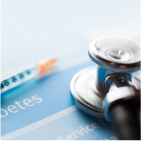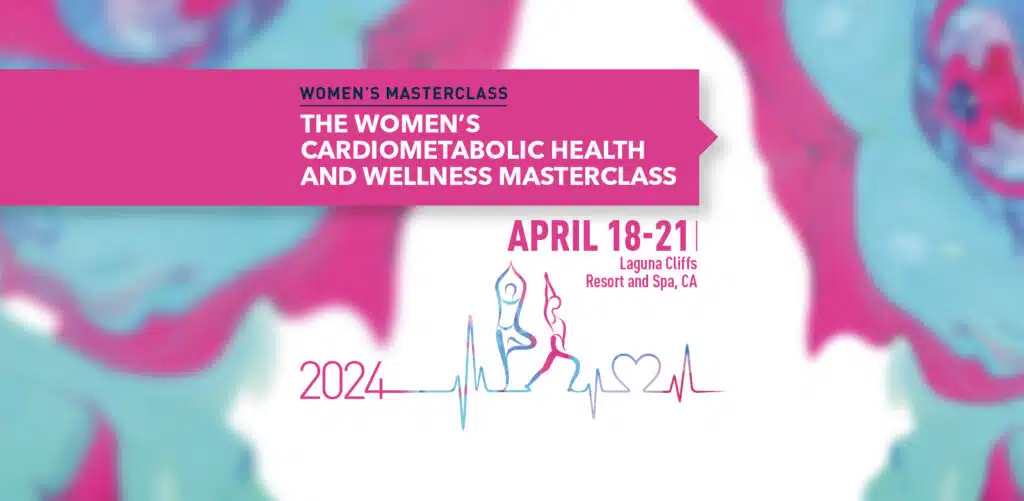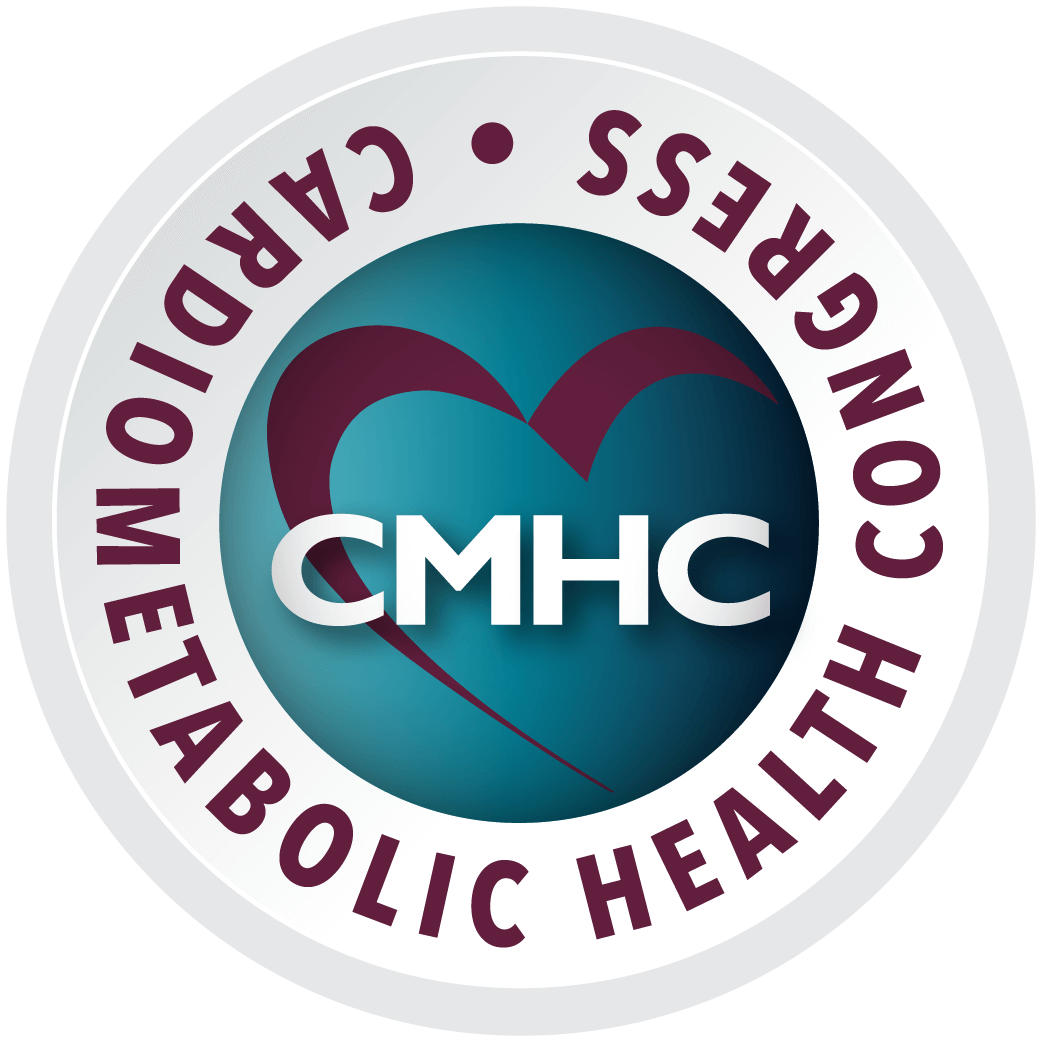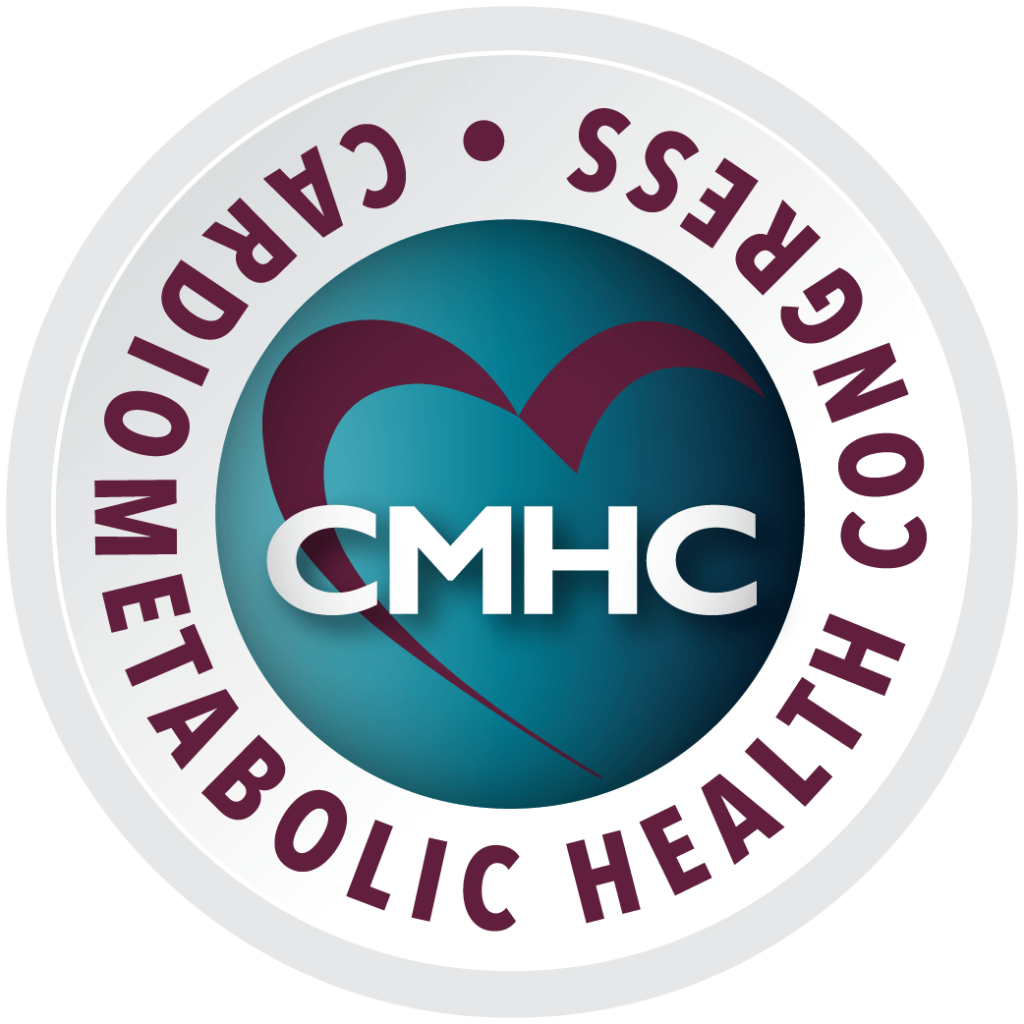CARDIOMETABOLIC CHRONICLE: There seems to be tremendous excitement in cardiology about diabetes drugs, like sodium-glucose co-transporter (SGLT)-2 inhibitors or glucagon-like peptide-1 receptor agonists (GLP-1 RA). What is their role in addressing CVD risk?
DR. CARBONE: I think we live in a very exciting time right now for those who work in diabetes and cardiovascular disease. We have to consider that until a few years ago, all we were doing in terms of treating diabetes was to improve glycemic control, which improves microvascular complications, like neuropathy, nephropathy, and retinopathy, as data from the UKPDS study suggested.17 Glycemic improvement alone, however, has not been associated with improved risk of macrovascular diabetes complications, such as myocardial infarction, stroke and heart failure. This was a huge gap, because most patients with T2DM die from cardiovascular disease, and until recently, we had no means of preventing adverse cardiovascular events in these patients. Cardiovascular outcomes trials with SGLT-2 inhibitors have shown a strong effect in preventing major cardiovascular events (i.e., empagliflozin18 and canagliflozin19), and particularly heart failure and renal events in patients with T2DM (i.e., empagliflozin, canagliflozin and dapagliflozin20), even in patients with T2DM-related nephropathy (i.e., canagliflozin21) that affects a large portion of patients with T2DM, further increasing their cardiovascular risk. Furthermore, these effects seem to be independent of glycemic control, although we still don’t fully understand the mechanisms involved. Due to these remarkable results, SGLT-2 inhibitors are being evaluated in clinical trials for heart failure patients even without T2DM.


